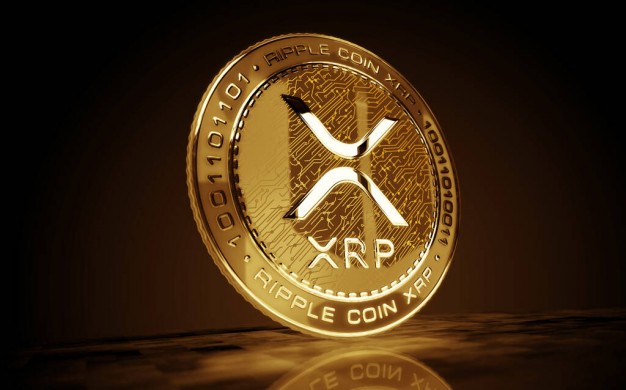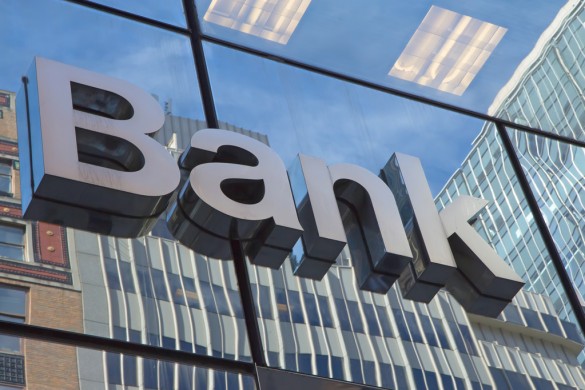As global finance accelerates toward tokenization, Ripple is making the case that custody will be the backbone of this transformation. Far beyond a technical safeguard, custody is evolving into a strategic foundation for stablecoin adoption, regulatory compliance, and the infrastructure needed to scale tokenized assets worldwide.

In a recent workshop co-hosted with the Blockchain Association Singapore (BAS), Ripple emphasized that custody is no longer just about asset protection. Instead, it has become central to enabling programmable financial systems, secure cross-border settlements, and the next wave of innovation in tokenized finance.
The urgency is clear. Ripple and Boston Consulting Group project that the market for tokenized real-world assets will expand to nearly $18.9 trillion by 2033. Yet despite growing institutional confidence—Ripple’s 2025 New Value Report shows 71% of Asia-Pacific financial institutions are warming to digital assets—only 30% currently leverage custody solutions. Encouragingly, more than half of them plan to adopt custody platforms within the next three years.
Ripple highlighted that future-ready custody systems must go beyond asset storage. They will need to integrate with smart contracts, tokenized documents, and automated compliance frameworks, enabling programmable payments and seamless on-chain execution of trade flows. These innovations could unlock the next phase of stablecoin adoption and create interoperable systems capable of supporting the demands of a digitized global economy.
In essence, custody is no longer just a technical checkpoint—it is shaping up to be the central nervous system of the tokenization era.
Learn from market wizards: Books to take your trading to the next

 Hot Features
Hot Features













